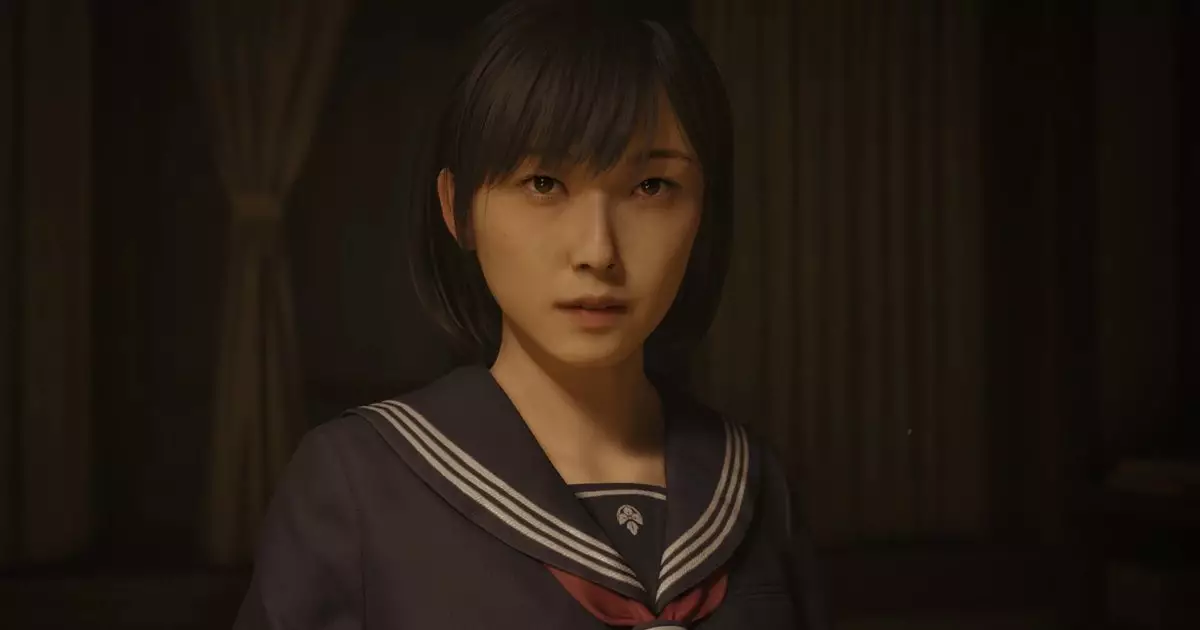The allure of horror games lies not just in the scares they offer but in their ability to transport players into an atmospheric world enriched with emotional and psychological depth. Konami’s latest endeavor, Silent Hill f, promises a radical reimagining of the iconic franchise through the lens of 1960s Japan. As we step into this new narrative, we are invited to embody Shimizu Hinako, a schoolgirl thrust into a nightmarish landscape shrouded in fog and psychological turmoil. The setting in Ebisugaoka, diverging from the franchise’s traditional New England roots, elicits a whirlwind of opinions from longtime fans of the series. While the departure from the familiar has caused some to clutch their pearls, I see this shift as a bold and necessary evolution of the horror genre.
Embracing Cultural Depth
Sell-out sentiments about the East versus West dichotomy in horror aside, the move to Japan’s complex cultural backdrop allows for a more nuanced exploration of dread. The integration of local customs and themes relevant to 1960s Japan could bring forth a fresh sensibility that’s been markedly absent in Western horror narratives. The melding of horror elements with traditional Japanese folklore opens the door for genuinely unsettling scenarios, which feel more organic compared to the saturated American horror tropes that have long dominated the genre. The game’s promise of immersing players within unsettling societal issues, such as discrimination and bullying, goes beyond mere shock value; it uses these elements to portray deeper psychological horror.
A Visual and Auditory Feast
It is nearly impossible to discuss Silent Hill f without acknowledging the return of Akira Yamaoka, whose haunting scores have bedeviled and enchanted players for years. The emotional weight carried by his compositions serves as the perfect melodic backdrop for what promises to be an unsettling experience. Moreover, the visual design of Silent Hill f seems poised to strike a balance between nightmarish horror and elegant aesthetics. The vivid portrayal of bio-horror with flourishing crimson roots offers a captivating contrast to the traditional filth and decay we’ve come to associate with Silent Hill—a deliberate artistic choice that challenges our perceptions of beauty and horror. The tagline, “embrace the beauty hidden within terror, or succumb to the madness that lies ahead,” hints at a philosophical depth, daring players to redefine their relationship with fear itself.
Development Team and Its Implications
While skepticism about the capabilities of Neobards Entertainment—founded in 2017 and primarily known for support roles in larger productions—might be warranted, it is equally important to consider the diversified experience they bring to the Silent Hill franchise. The creative infusion of new talent could ignite fresh ideas and innovation, perhaps even revitalizing the series in a way that seasoned developers have failed to do recently. Their involvement with high-profile projects such as Final Fantasy VII Rebirth and several Resident Evil titles may suggest that they possess more than just rudimentary skills in game design.
Nevertheless, the collaboration with renowned narrative creator Ryukishi07, whose expertise in handling the macabre can’d neither be questioned nor understated, raises the stakes even higher. This partnership may solidify Silent Hill f as more than just a horror game; it could evolve into a powerful commentary on societal taboos. That said, one must remain cautious; the potential of blending great minds with sensitive topics can be a double-edged sword.
Reflection and Anticipation
Ultimately, Silent Hill f represents a unique intersection of horror, culture, and modern game design. As fans engage with the game, they will confront an evolution of the horror genre that pushes boundaries while respecting its roots. This new vision of Silent Hill might not align neatly with what we’ve come to expect, but therein lies its power. The fragmented narratives, unexpected landscapes, and hauntingly beautiful visuals beckon players into a realm where both terror and introspection coexist.
The anxieties surrounding changes to beloved franchises are natural, yet they also signify an evolution—a meeting place where new ideas forge fresh paths for classic tales of human fear. Silent Hill f urges not just the franchise’s loyalists, but also newcomers, to step into an enveloping fog filled with both beauty and unmistakable horror. The reimagining of Silent Hill as a cavern of cultural complexities could very well reshape how we experience the fear we know so intimately.

